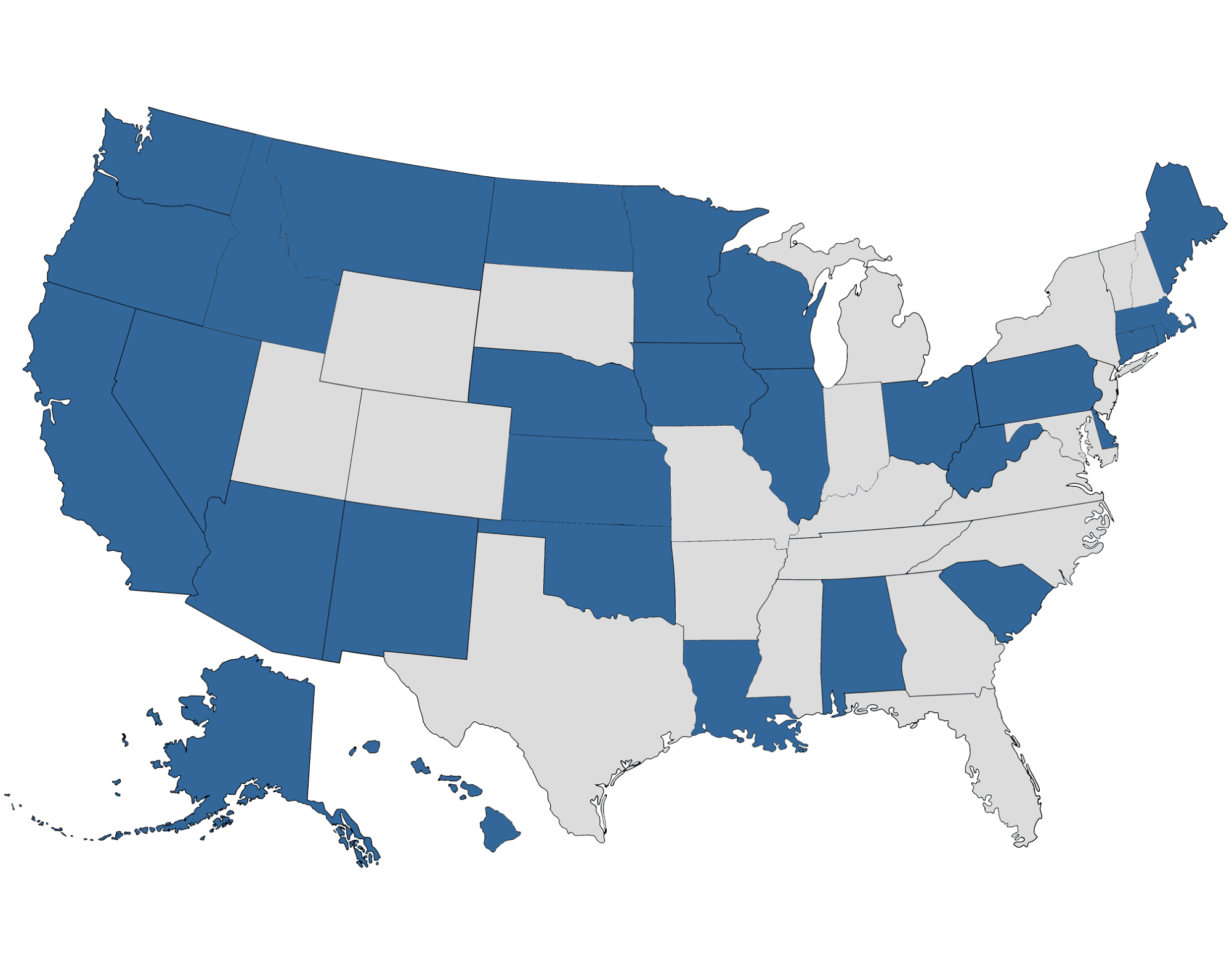National Database
Get More Information
Database for Researchers


What is the Database?

Why Use Our Database?
What Data is Available?
The Administrative Form provides both general and specific information about each facility. One form is completed per facility per data collection. Questions range from numbers of youths and staff to types of assessments as well as the number of facility programs using volunteers.
Each facility completes an Incident Report for any event or that may compromise the security of the facility or the safety of staff, youths or visitors. Approximately 6,500 Incident Reports are collected each data collection.
Data collected includes:
- Youths Involved
- Staff Involved
- Assaults/Fights
- Restraints
- Injuries
- Medical Visits/Examinations
- Isolation and Room Confinement
- Segregation
PbS Outcome Measures numerically express the change in status of the prevalence of an occurrence or in the rate or frequency of events and indicate the extent to which practices and policies are being implemented. Linked to the PbS standards, they offer facilities a way to assess how well they are meeting the standards and in what areas they need to improve. There are more than 100 outcome measures indicating performance in nine domains of facility operations and services:
- Behavioral Health
- Family
- Health
- Justice
- Order
- Programming
- Reintegration
- Safety
- Security
Twice a year, during April and October, all facilities administer the PbS Staff Climate Survey to 30 randomly selected direct care staff who are employed at the facility during the data collection. Approximately 5,000 surveys from staff are collected each data collection.
The survey collects feedback from staff on:
- Safety and Security
- Training
- Living and Working Conditions/Climate
- Facility Programming
- Staff-Youth Relationships
Twice a year, during April and October, all facilities administer the PbS Youth Climate Survey to 30 randomly selected youths residing in the facility during the data collection. Approximately 4,000 surveys from youths are collected each data .
The survey collects feedback from youths on:
- Living Conditions/Climate
- Understanding Rules and Rights
- Facility Programs
- Family Contact
- Safety and Security
- Staff
- Justice
Database users can select a survey and timeframe to generate a codebook and dataset. Below are examples of rows that might appear in a Staff Climate Survey codebook and dataset.
Codebook – Each row corresponds to unique question text and indicates the variable, answer options, and survey versions associated with the question text.

